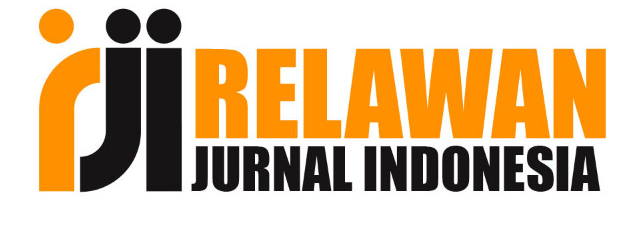Analisis Sistem Informasi Pada Website Jamajamaproject.id Menggunakan Metode UTAUT (Unfield Theory of Acceptance and Use of Technology)
DOI:
https://doi.org/10.36982/jiig.v14i2.3223Abstract
Seeing the development of digital information technology which is the main support for obtaining information in an easy and fast way, especially with the internet or the world of networking. With the development of an internet access service, it is a global computer network that connects the world in various users who access the internet in one network to all parts of the world who use it.Jama-jama project is a business that is engaged in the production of clothing screen printing which was established in 2014 in the city of Palembang, Jama-jama project itself conducts its business in the type of screen printing such as short shirts, long shirts, jackets, hats and others. The development of digital information technology Jama-jama project now has a website for customers to use in the ordering process so that it can be accessed easily.This research method uses the UTAUT methodology, UTAUT is the Unified Theory of Acceptance and Use of Technology (UTAUT) model which is a new model developed by Venkatesh et al (2003) by examining theories about technology acceptance by system users.This is considered very effective and can increase customer satisfaction with the services provided by the Jama-jama project. Based on the results of the analysis above, the author makes a thesis proposal for this final project with the title "Analysis of Information Systems on the Jamajamaproject.id Website Using the UTAUT (Unified Theory of Acceptance and Use of Technology) Method".
Downloads
Published
How to Cite
Issue
Section
License

This work is licensed under a Creative Commons Attribution-ShareAlike 4.0 International License.











